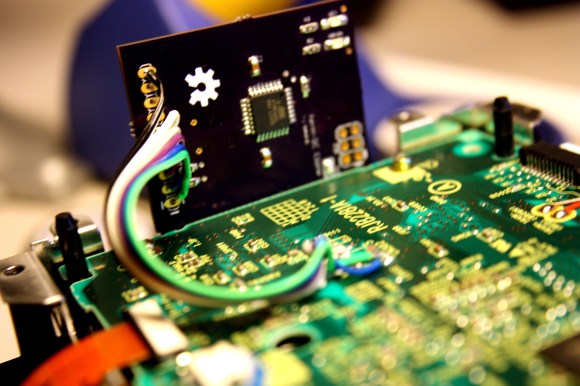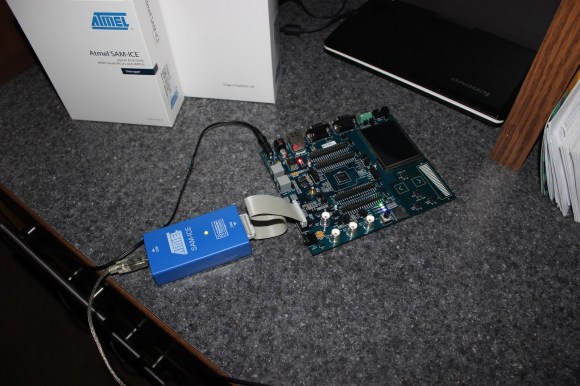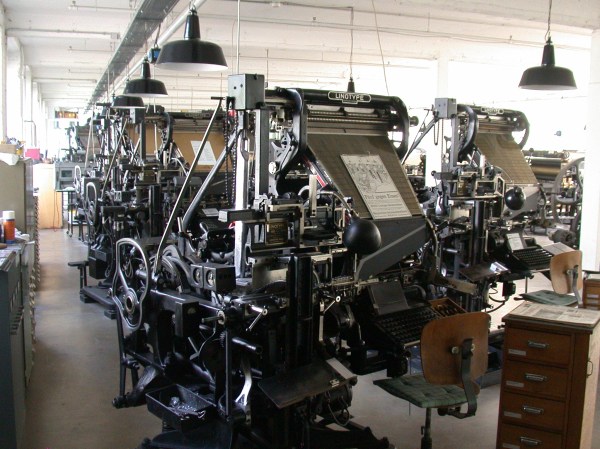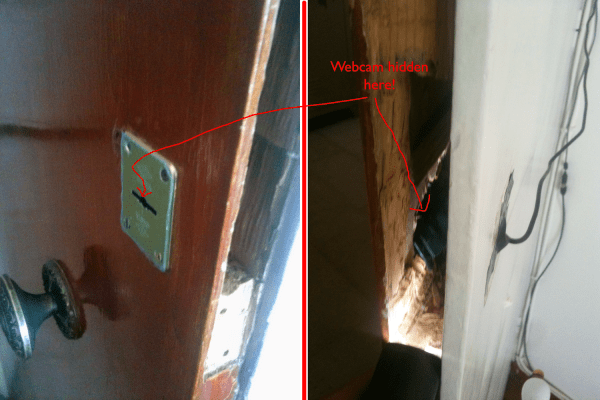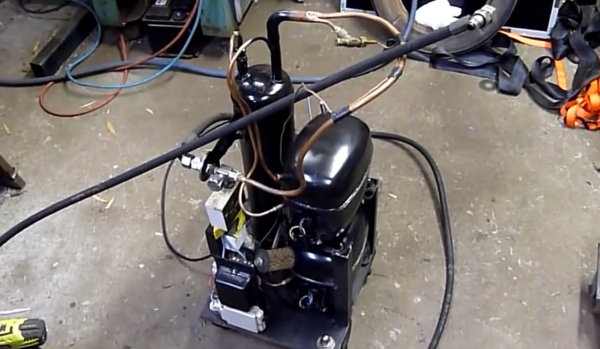
[Michael] just sent us this nice example of some good ol’ fashioned radio hacking.
He originally received the radio from his grandmother, and while he doesn’t listen to the radio much, he felt he couldn’t just let it go to waste. So like any good hacker he cracked open the case and took a look inside.
The beauty with radios from the 80’s is the simplicity of it all. They typically have single layer PCBs and nice big components which makes it so much easier to tinker with.
He used a bench power supply to bypass the main transformer for safety’s sake, and began probing the various points. The cassettes audio output was the easiest to find, but unfortunately it required the play button to be activated. Not wanting to lose functionality (or have an annoying rattling cassette mechanism), he continued probing and eventually found similar wires coming from the radio part of the PCB. Upon further probing he discovered he could trick the radio band button so that the radio would be off, but the output could still be used. After that it was just a matter of wiring, soldering, and adding an auxiliary plug to the case.
We’ve covered lots of auxiliary port hacks in the past, but this one is a great example of saving old technology from the dump.
[Thanks Michael!]

